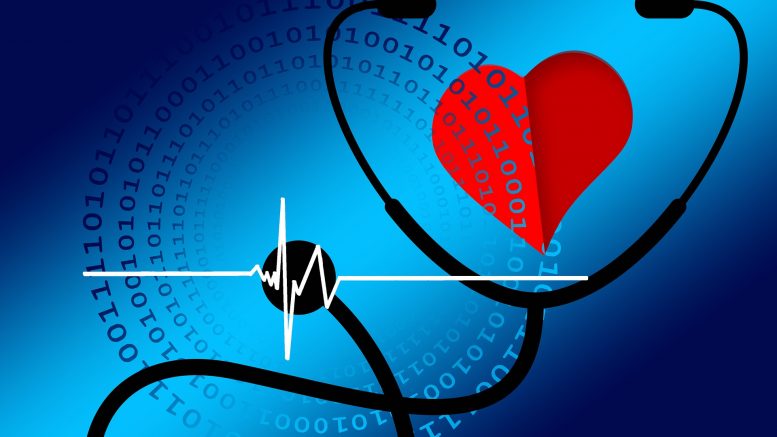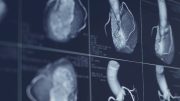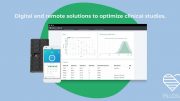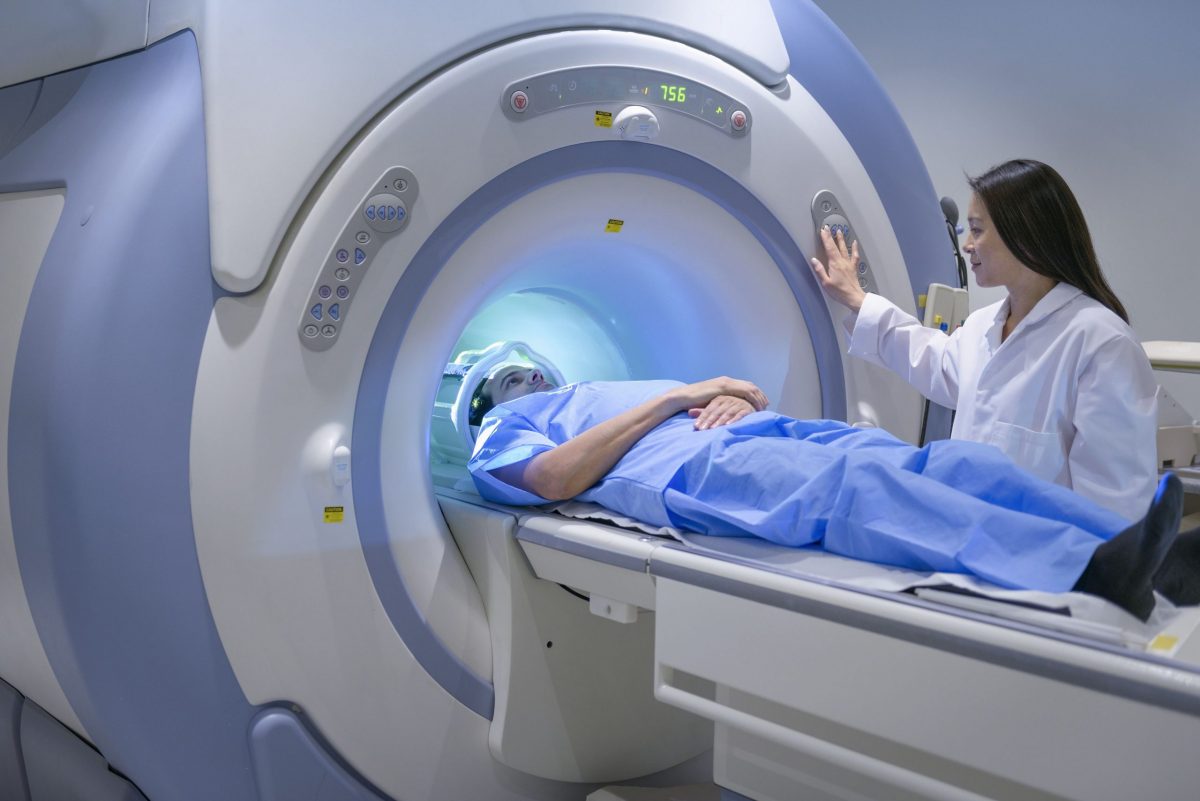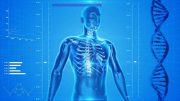Artificial intelligence, also called AI of which machine learning is a subset, is working already in millions of offices and homes. As computer users open their in-boxes and mark various emails as spam, AI-enabled software learns to recognize what they consider spam and trains itself to block it for them. As families set their smart thermostats, the AI in the devices learns to recognize what temperatures they like at what time of day or night and trains itself to adjust the temperatures for them.
AI is well-established in some sectors of the health care industry as well. Pharmaceutical researchers are using it to discover new drugs with greater speed and efficiency than before. Hospital systems are using it to study their patients’ journey from the point of admission to the point of release, with the goal of making the process more efficient and satisfying.
But one of the most important health care specialties of all – cardiology – is just beginning to recognize the benefits that AI can bring to its field. As we know, heart disease is the leading cause of death in the United States. By 2035, more than 130 million adults, or 45% of the U.S. population, are projected to have some form of cardiovascular diseases (CVD). In 2035 total costs of CVD are expected to reach $1.1 trillion. Direct medical costs are projected to reach $748.7 billion. Indirect costs are estimated to reach $368 billion.
Cardiology has adopted various imaging technologies over recent decades, and the use of imaging technologies is linked to improved patient outcomes. But the millions of images being captured every day are still being analyzed manually, placing heavier and heavier workloads on clinicians, increasing the risk of diagnostic errors, disagreements among experts, and eventual human burnout. Cardiologists at the top of their profession agree that they need more ways to provide better care and improve outcomes. It is time to recognize the emergence of additional technologies like AI and move this vital medical field even more forward.
By combining cardiac imaging analysis with artificial intelligence, we can tap the insights of multiple experts, improve the quality of analysis, shorten the time spent waiting for diagnoses, and lower costs in our health care system. AI will not replace humans, of course, but it can provide an immediately available second opinion and help researchers and clinicians make even better decisions. AI is a consistent, quantifiable, readily available tool that will better equip us in the lifesaving work of cardiology.
Let’s look at how this could work
Researchers seeking to improve the use of stents in opening clogged coronary arteries can look at a series of images collected through Intravascular Optical Coherence Tomography, or IVOCT, and input their analysis into AI-enabled software. The more images they analyze, the more they can teach the software what to look for when stents fail to expand properly, when they fail to completely cover diseased segments of an artery, or when dissections at the stents’ edges go untreated. Armed with this hard data, the researchers can recommend ways to improve products, procedures, or both.
Or imagine a clinician performing an echocardiogram on a patient and seeing a potential problem with the patient’s ejection fraction (EF), a measure of the volume of blood the heart is pushing into the body. It would take hours for the clinician to manually trace the hundreds of image frames needed to accurately quantify the patient’s EF, evaluate the heart strain, and make a diagnosis. Instead, clinicians today quickly “eyeball” the images, leaving a diagnosis dependent on the physician’s experience, alertness, and access to second opinions. AI-enabled software, having learned from the insights of many experts diagnosing many similar cases, can automatically interpret the images, save the clinicians precious time, and give them and their patients added confidence in the diagnosis and course of treatment.
Artificial Intelligence and Cardiac Imaging
These types of AI advances in cardiology are not far off in the distant future.
Dyad Medical Inc., a Boston-based medical technology startup, has developed the Libby™ software platform to use artificial intelligence to help interpret three- and four-dimensional medical images in intravascular OCT and additional other primary modalities for cardiac imaging. A global community of clinicians have shared their expertise to train Dyad’s artificial-intelligence model, effectively offering thousands of second opinions. The U.S. Food and Drug Administration recently cleared Dyad’s Libby™ platform for viewing and quantifying intravascular OCT images. The FDA clearance is an important milestone that will give researchers, imaging centers and hospital systems another tool to automate their ability to see inside blood vessels.
In training its artificial intelligence software to help interpret cardiac images, Dyad also has accumulated what it believes is the largest repository of cardiac imaging data held by a private company, allowing its software to learn from the insights of many experts analyzing this large trove of data.
Other advantages of the Libby™ platform include that it is cloud-based, so users can access results from anywhere, at any time of day or night, and on any device. The platform also integrates into a hospital’s existing information technology, so any new applications can be added easily to the platform and the existing systems and workflows.
FDA clearance in hand, a leading research hospital will soon begin using the platform to research ways to improve clinical conclusions based on intravascular OCT. By the end of 2022, we expect to see the platform and the intravascular modality in use in hospital settings. We cannot predict when the FDA will act on the use of Libby™ for other modalities, but the company is currently submitting for FDA clearance the platforms for multiple future modality support.
In the ideal future, every practitioner around the world will consult Dyad technology every time they interpret any medical images. This will continue to train Dyad’s AI-enabled software to become an even more accurate, more efficient, and more valuable tool for everyone involved in the diagnosis of heart disease globally.
About the author
Ronny Shalev holds a Ph.D. in electrical engineering and computer science from Case Western Reserve University and is CEO and founder of Dyad Medical Inc.

